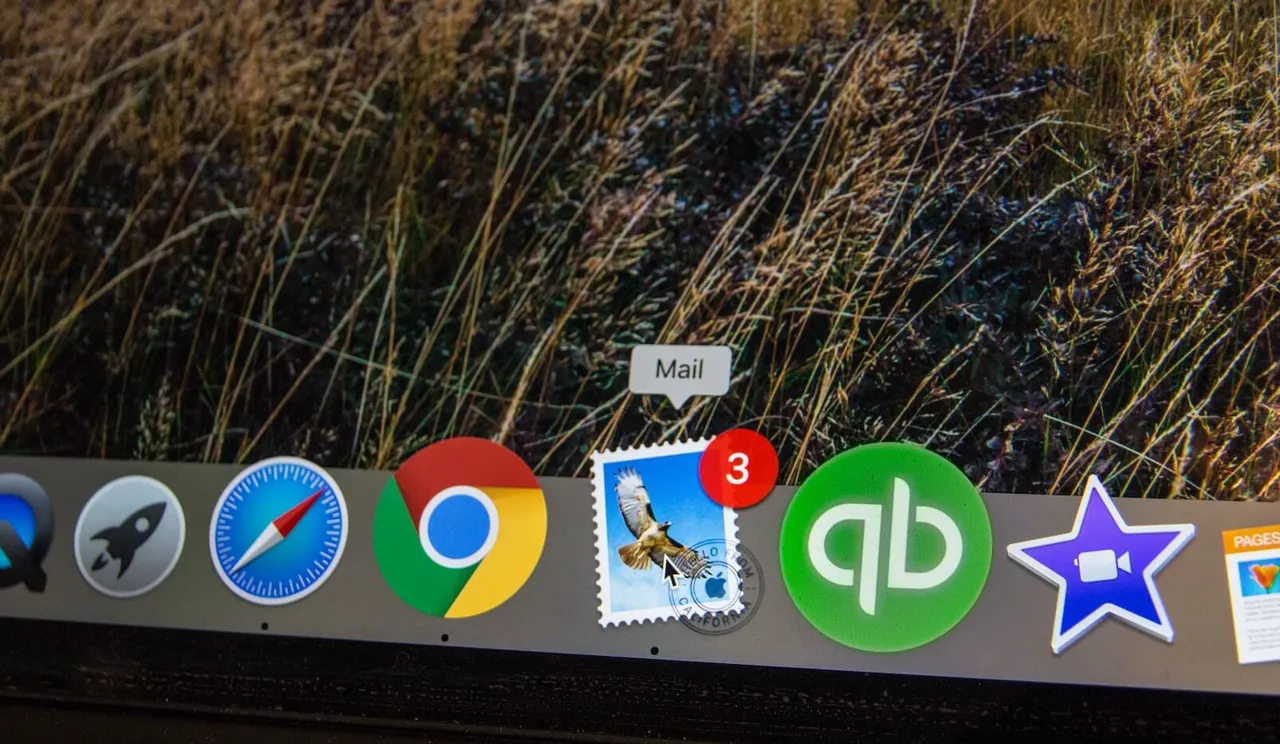As corporate emails are vulnerable and prone to leaks, attackers come up with numerous ideas on how to get sensitive information from private correspondence. Sending fake emails is a well-known and, sadly, effective way to extort information, mislead, or even blackmail a person. In one of the most common email scams called Business Email Compromise (BEC), cyber attackers put themselves as clients, suppliers, managers or other business partners in order to try to get money or information. The numbers are alarming: up to 91% of all cyberattacks start with phishing emails and there are 6.4 billion fraudulent emails sent every day.
Luckily, now it’s possible to easily digitally sign & notarize in blockchain any kind of public or private messages posted online. domino.vote has developed FileProof signature — a tool that uses blockchain technology to prevent fake emails to spread and endanger corporate security. After reading a digitally-signed message sealed in blockchain, a recipient can make sure that the message really comes from the person it’s supposed to come.

Photo by Web Hosting on Unsplash
The way it works is simple and intuitive. Here is a step-by-step guide on how to digitally sign and secure any message and therefore bring trust to the organization.
- Install a plugin — contact us at info@fileproof.org to get access. At the moment, you need to use a Chrome browser.
- Write a message using any channel: email, Messenger, online file editor, or any other online chat, LinkedIn message, tweet, you name it.
- Select the text with a cursor and press Ctrl+Alt+c to automatically sign the message with an asymmetric key stored in the addon.
- Then you’ll be automatically asked by the system to press Ctrl+v. Once you do it, you can send a message. A specific hashtag will be automatically added to your message.
- After reading the message, the recipient can press Ctrl+Alt+v and get information that the message has been signed cryptographically about the signatory. Unlike a handwritten signature, the digital one doesn’t have to appear directly in the message to make it valid.
No more fake emails, neither corporate nor private. Contact us at info@fileproof.org to learn more and to get access.